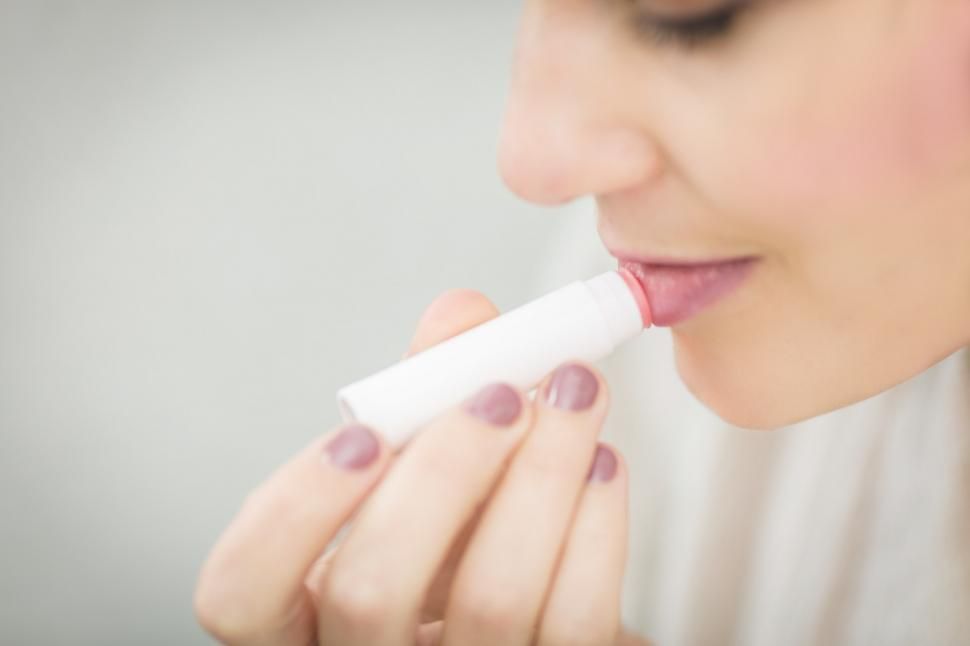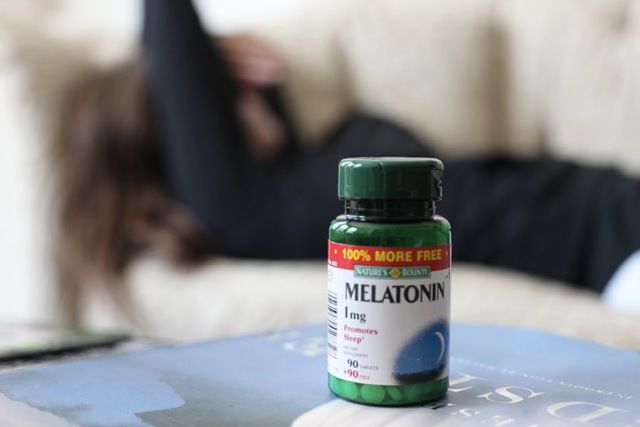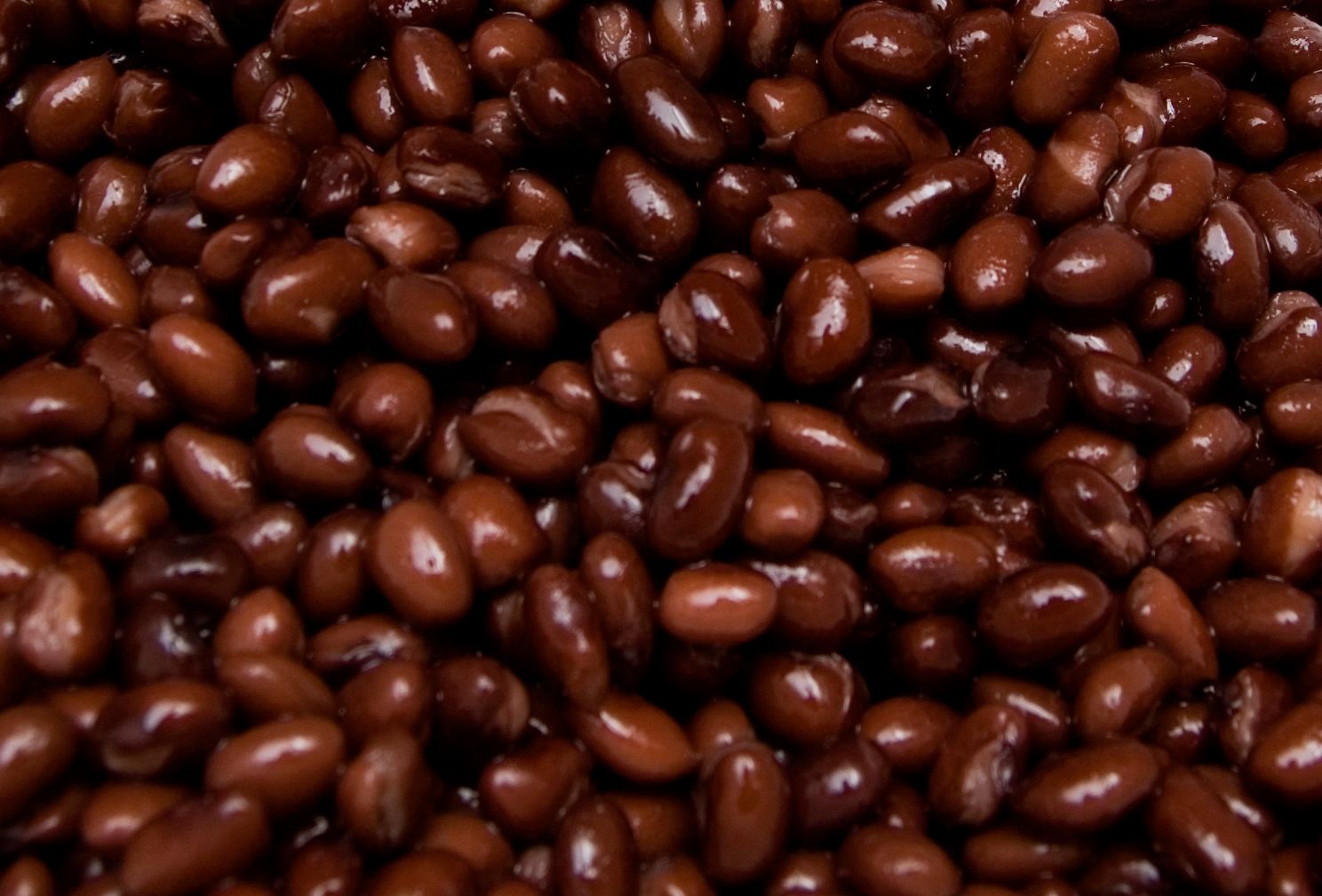
Unmasking the Mystery of the White Sun Spots: IGH Explained
- Jun 16, 2024
Look, nobody ever said sunlight was ONLY roses and rainbows. If you've been noticing a rain of white freckles also known as sun spots on your skin, don't comfort-eat yourself into a panic. Those spots are clinically known as idiopathic guttate hypomelanosis (IGH), and they're as harmless as your granny's apple pie, albeit way less tasty. But rest assured, we're here to unravel the obscure yarn of IGH for you.
This odd form of hypopigmentation is specifically caused by a lack of melanin – yes, the very stuff that blesses us with our unique shades of skin, hair, and eyes. The cursory reason for IGH is, ironically, also the reason you’re sporting that beach-friendly tan- extensive UV exposure, coupled with aging or genetics.
Commonly, these spots prefer to throw a party on your arms, legs, trunk, and face, but don't panic – they’re just about as annoying as a harmless groundhog on Groundhog Day. They don't itch; they don't pain – they're simply like a not-so-pretty tattoo you never asked for. But hey, guess what? There are treatment options to keep these white spots under check. We're talking about anything from over-the-counter (OTC) creams to professional skin treatments.
Sun spots take a particular liking to fairer complexions, but they’re democratic enough to hit all races and shades. Puzzling as it may be, we haven't completely cracked the cause behind these spots yet. Most theories link it to melanin production disruption caused by (surprise, surprise) sun exposure and tanning. Add to it the complex factors like skin trauma, autoimmunity, and the local inhibition of the melanin process, and there you have it – the perfect recipe for unwarranted white spots.
Several other skin conditions can play the blame game for white spots on your skin. Pityriasis alba, for instance, causes lighter spots after healing of its initial discolored or red scaly patches. Tinea versicolor, a common fungal infection, leaves you with whitish, pink, or reddish-brown patches. Let's not forget Vitiligo, the autoimmune disorder in which immune system cells attack your poor melanocytes, causing white patches of skin.
Then there are Milia - tiny bumps containing trapped keratin under the skin appearing as white, yellowish, or skin-colored spots mostly on the face. But rest assured, these are not your 'it's time to freak out' signals. Mostly harmless and oftentimes temporary, they can be managed with appropriate treatments.
So, is IGH a perfect setup for a skin cancer horror story? Pfft! Absolutely not! Despite these spots being annoying and harmless at best, they're as innocent as a puppy when it comes to causing skin cancer. Most white spots on the skin are rarely cancerous and more often tie back to some benign skin condition. However, frequent, excessive UV exposure that's behind white sun spots does increase the risk of skin cancer. So, it's best to rein in your sunlight showdowns and especially dodge the tanning beds!
Nonetheless, always stay vigilant and get in touch with your trusted dermatologist if you witness significant changes, persistent pain, or intense itchiness. You may not need any treatment as white sun spots stay in the harmless cosmetic problem zone. But for those that like to keep their skin as spotless as a freshly laundered linen shirt, multiple treatment options can reduce their appearance.
Just remember, folks, living with white sun spots might sound like being trapped in a sitcom starring you and your quirky skin, but it's far from the end of the world. Understand your skin, know your options, and remember – your skin doesn't define your beauty, you do!






